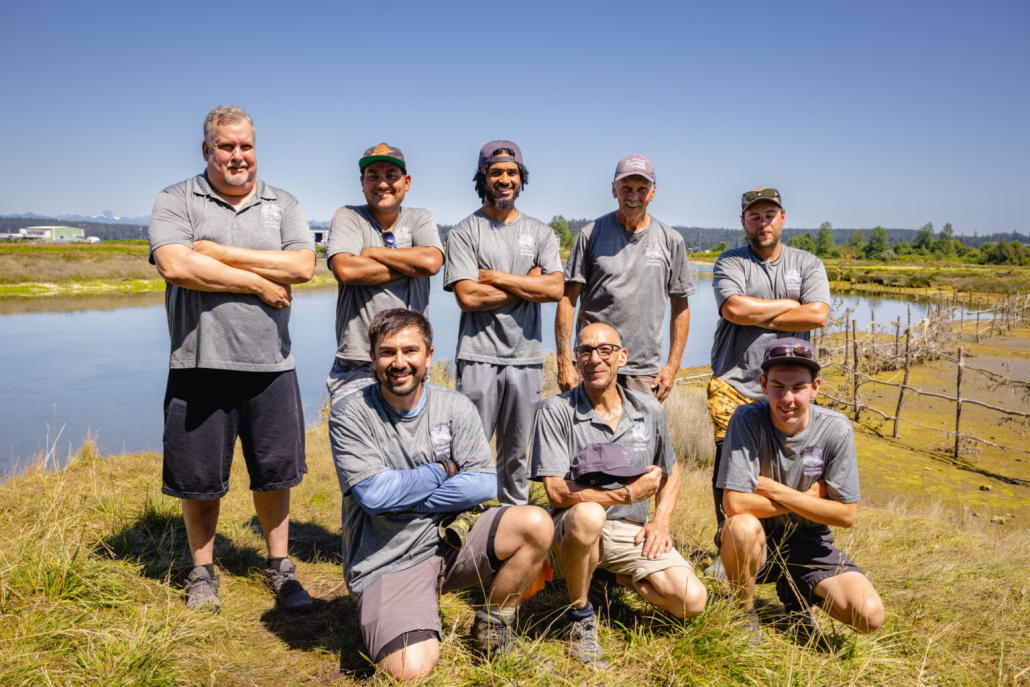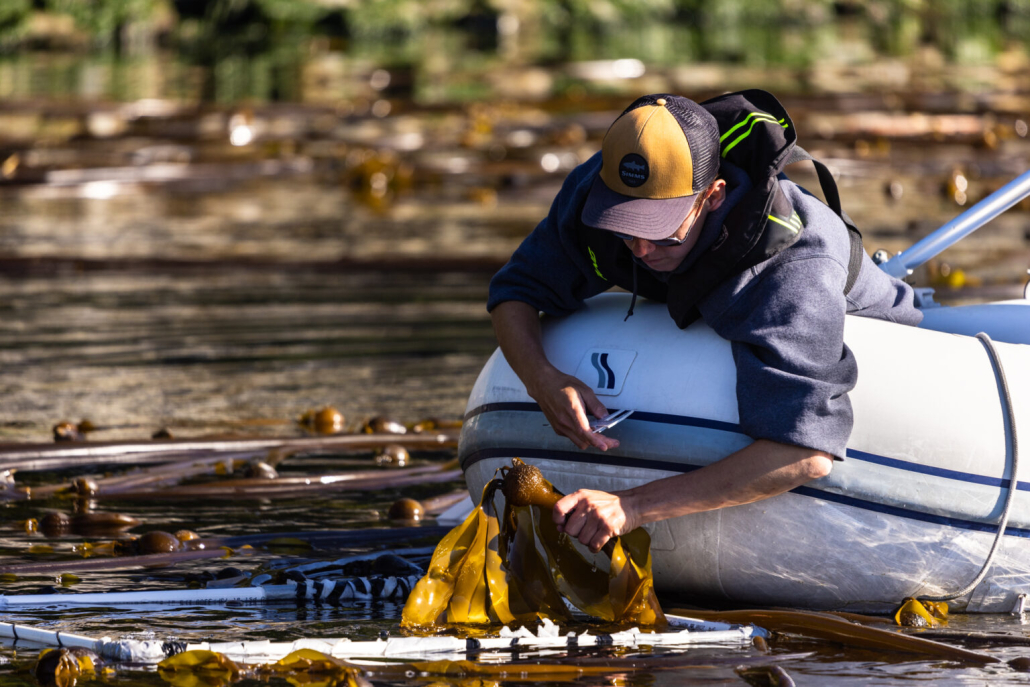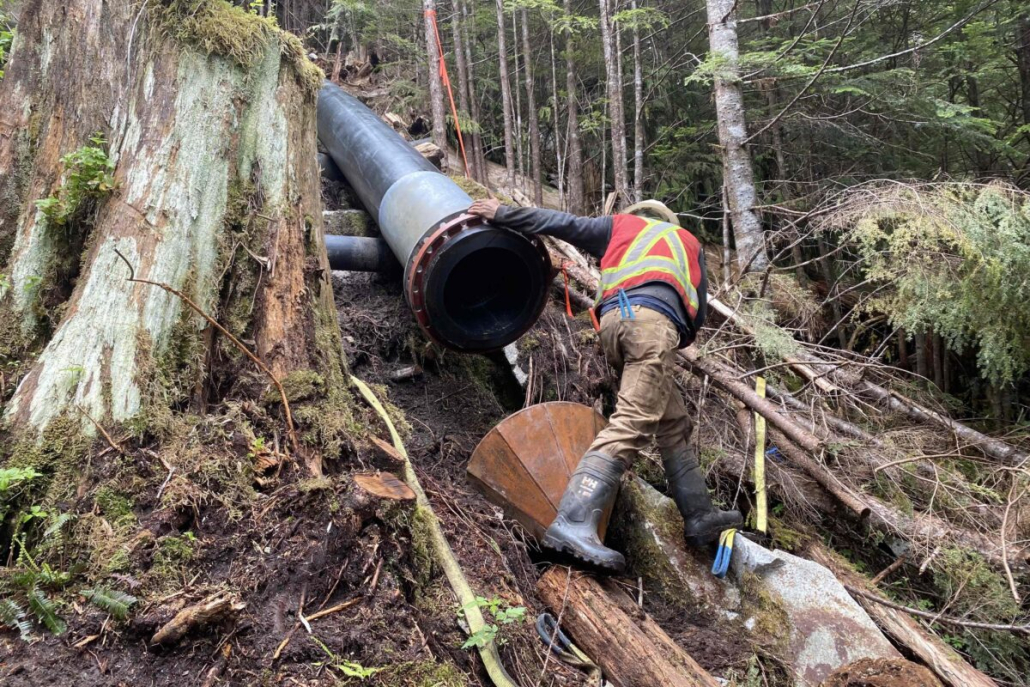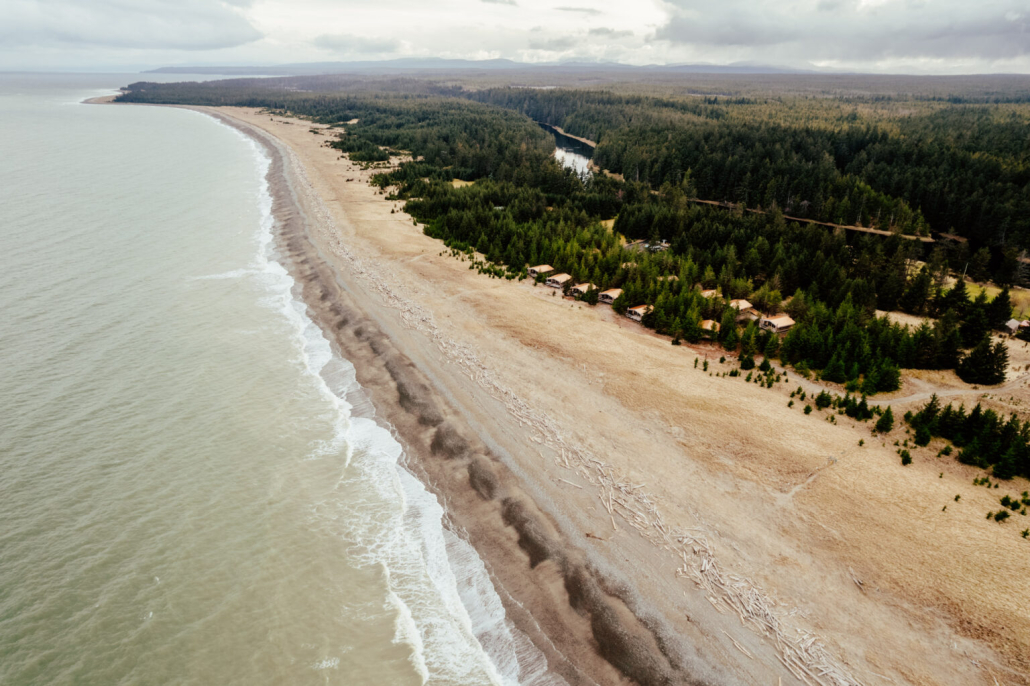 Apr 4 2023
Apr 4 2023Indigenous funding model is a win-win for ecosystems and local economies in Canada
March 10, 2023
Mongabay: News and Inspiration from Nature’s Frontline
by Spoorthy Raman
- First Nations in the Great Bear Rainforest and Haida Gwaii of Canada, have successfully invested in conservation initiatives that have benefited ecosystems while also increasing communities’ well-being over the past 15 years, a recent report shows.
- Twenty-seven First Nations spent nearly C$109 million ($79 million) toward 439 environmental and economic development projects in their territories, including initiating research, habitat restoration, and guardian programs, that attracted returns worth C$296 million ($214 million).
- Funding has also set up 123 Indigenous-led business and was spent towards sustainable infrastructure and renewable energy projects.
- One of the world’s first project finance for permanence (PFP) models, this funding scheme is exemplary of how stable finance mechanisms can directly benefit Indigenous communities and the environment, say Indigenous leaders.
Over the past 15 years, First Nations in Haida Gwaii and central and northern coastal British Columbia, Canada, have turned the tables around: once subjected to massive economic, social and cultural damages due to the extractive logging industry, they have now successfully built a sustainable economy that focuses on protecting sensitive ecosystems, while increasing communities’ well-being, a recent report shows.
The report was released by Coast Funds, an Indigenous-led conservation finance organization set up in 2007 as part of a historic land-use planning agreement negotiated between First Nations, environmental organizations, and the provincial and federal governments. Named the Great Bear Rainforest Agreement, it aimed to prevent logging in 85% of the approximately 3 million hectares (7.4 million acres) of temperate rainforests — the largest of its kind in the world — stretching up Canada’s west coast and home to the iconic spirit bears (Ursus americanus kermodei) and coastal sea wolves (Canis lupus crassodon).
With an initial fund of C$120 million ($87 million) — half of it financed through money raised by First Nations and philanthropic partners toward conservation and the rest matched by provincial and federal governments toward economic development — Coast Funds began providing funds directly to First Nations in the region to use on projects they deem necessary in their territories. Its funding model allowed it to avoid the typical issues surrounding conservation finance and Indigenous communities, and, according to the report, delivered a long list of successes.

Spirit bear in the Great Bear Rainforest. Image by Andrew S Wright.
The C$109 million ($79 million) invested by 27 First Nations across 439 environmental stewardship and economic development projects in the Great Bear Rainforest and Haida Gwaii region has generated more than C$296 million ($214 million) in additional investment to date — almost three times the initial investment.
“When I look at that report, I think about how amazing our leaders were 15 years ago,” says Christine Smith-Martin, who is of Tsimshian and Haida descent and is the CEO of the 11-nation coalition Coastal First Nations. “I think it is a great success story, because it was owned by the community.”
Since 2008, using funding from Coast Funds, First Nations in the region have set up 123 Indigenous-led businesses, spent C$122 million ($88 million) toward sustainable infrastructure projects like buildings and equipment, and diversified their local economies with investments in sectors like ecotourism and renewable energy. These investments have created more than 1,200 jobs in the past 15 years, some of which have lured Indigenous people away from resource-extractive industries like logging and placed them in conservation-oriented stewardship positions.
These employment opportunities have infused more than C$63 million ($46 million) into the local economy as salaries.

Wei Wai Kum Guardians, part of the Laich-Kwil-Tach group of First Nations, patrol the Nation’s territory, conduct research, restore salmon habitat, and partner with Crown agencies and industry to monitor impacts on lands and waters. Image by CoastFunds.
When unsustainable logging was thriving in the Great Bear Rainforest region, before the agreements were in place, the industry would clear-cut old-growth trees in vast areas of First Nations’ territories and take the timber elsewhere for processing. “All the money came back to the industry owners and the provincial government through royalties,” says Adra, the CEO of Coast Funds, adding that First Nations had very little say in how that resource extraction happened in their territories. Decades of logging also decimated salmon, a culturally significant species for coastal First Nations, in many streams.
However, once the funding came through, the report notes, First Nations led 389 research and habitat restoration initiatives that benefit 75 species in the region. These include the development of a recovery program for Haida Gwaii’s national bird, the threatened northern goshawk (Accipiter gentilis laingi), by the Council of the Haida Nation; an aerial survey of mountain goats in the Nass Wildlife Area by the Nisg̲a’a Nation; and tracking whale movements by the Gitga’at Nation.
“Our grants are not specific to a species,” Adra told Mongabay. “It’s all about what the Nation’s priority is and what they like to use the funding to research on.”
Natalie Ban, a marine conservation scientist at the University of Victoria, has spent more than a decade working on some of these conservation projects, such as understanding the cultural and ecological importance of Dungeness crabs and monitoring paralytic shellfish poisoning levels, driven by the Kitasoo/Xai’Xais, Haida and Gitga’at nations aided by Coast Funds.
“One of the things that’s been amazing is that the First Nations can do their own science,” Ban says, adding that without this, these nations would have to rely on outsiders. “Now they can develop their own programs where you don’t need somebody else to bring in money.”

Wei Wai Kum Guardians, part of the Laich-Kwil-Tach group of First Nations, patrol the Nation’s territory, conduct research, restore salmon habitat, and partner with Crown agencies and industry to monitor impacts on lands and waters. Image by CoastFunds.
Guardians of the land
Funding has also helped set up 18 guardian programs to date in the First Nations that monitor more than 7 million hectares (17 million acres) of land and marine territory each year in the region.
“Guardians are our eyes and ears on the land,” says Valérie Courtois, director of the Indigenous Leadership Initiative, an Indigenous-led nationwide conservation and stewardship organization in Canada. “It is people who are trained for being the caretakers of our spaces, our lands and waters.”
These programs include training community members with the required skills, buying equipment like boats, and providing them with full-time jobs as coastal guardians or stewardship directors.
“Guardianship is an important stewardship mechanism for nations to reflect their authority over their territories,” Adra says. He cites the example of the Kitasoo/Xai’Xais guardian watchmen, who monitor the many fjords and inlets in their territory — areas where federal departments’ monitoring programs do not reach — to keep poachers away.

Guardians from the Mamalilikulla First Nation conducting a kelp survey. Image by Markus Thompson / Thalassia Environmental.
“These guardians are going in specific areas to keep track of because they know the areas to go to,” adds Smith-Martin. “They have a very comprehensive understanding of their territory.”
This funding into guardian programs have bolstered the Coastal Guardian Watchmen Program, a regional collaboration set up in 2005 to steward the entire coast, which, Courtois says, is “one of the most stable, well-funded and most successful of the guardian programs in Canada.”
Although Canada is home to more than 600 First Nations, funding challenges have prevented most from establishing similar guardian programs. “Often, programs are based on cyclical funding or project-based funding,” Smith-Martin says, adding that guaranteed funding is necessary to successfully set up such programs.
A first-of-its-kind Indigenous finance model
Conventional funding for conservation projects relies on fundraising or short-term grants, which can be piecemeal or insufficient to manage vast protected areas, like the Great Bear Rainforest. Hence, Coast Funds is set up to be a project finance for permanence (PFP) model, where the entirety of the C$120 million was raised before its inception and this funding is permanent.

Penstock installation for Kitasoo/Xai’xais Nation’s hydropower project by Barkley Project Group, a renewable energy company. Image by Taylor Stubbins.
Each Nation has a predetermined share that’s available to it. “Nations aren’t trying to compete for limited resources, they have long-term sustainable financing that they know how much they’re expecting to receive every year,” Adra says. Coast Funds acts like a trust through which each Nation can access its allocated funds.
Adra credits the ingenuity, creativity and determination of the communities, who are at the center of decision-making, with the success of Coast Funds.
Many instances in the past have shown that while funding toward conservation projects led by Indigenous peoples and local communities (IPLCs) is increasing, the communities don’t benefit much. For instance, at the COP26 climate summit in Glasgow in 2021, several governments and private funders pledged $1.7 billion — the largest such pledge — to support ILPCs’ land tenures. However, a year later, a report from the funders found that only 7% of the funding went directly to ILPCs. Often, most of that funding goes to international NGOs, consultancies, development banks and other intermediaries. There’s also a lack of IPLC representation at the advisory board level, along with a shortage of capacity to manage financial resources and flexibility in funding to adapt to changing priorities.
However, Coast Funds’ model is built to overcome such issues, Adra says, where the 27 First Nations appoint the board members, and every project needing funding is reviewed and approved by that Nation’s chief and council. Should a Nation’s priorities change mid-way, they still can access their unused funds for new initiatives.

Haida House at Tllaal oceanside cabins on Haida Gwaii, owned by the Haida Enterprise Corporation (HaiCo), the economic development corporation of the Haida Nation. Image by K. Bialous/ Entrée Destinations.
“Everything is rooted in the determination of the nations, in how they access the capital and in how they communicate with our team,” he says, “From cradle to grave, it’s done in service of the nations, by the determination of the nations.”
Ban, whose research relies on the work of the guardians and the use of boats and other equipment, which are expensive to buy and maintain, says programs financed through Coast Funds have been transformational for communities as it “provides longer-term, more sustainable financing for many of these programs.”
Coast Funds’ success has inspired similar conservation funding mechanisms elsewhere. In Brazil, the Amazon Region Protected Areas (ARPA) for Life program aims to protect about 150 million hectares (370 million acres) of rainforest, and in Costa Rica the $55 million Costa Rica Forever program protects 1.5 million hectares (3.7 million acres) of land and 2 million hectares (5 million acres) of sea. Similar projects are underway in Bhutan, Colombia and Peru to protect local ecosystems.
At last December’s United Nations biodiversity conference in Montreal, COP15, Canadian Prime Minister Justin Trudeau announced an additional C$800 million ($580 million) investment in four Indigenous-led conservation models funded through PFPs, which include the marine protected areas in the Great Bear Sea, the stretch of Pacific Ocean that extends from the north of Vancouver Island to the Canada-Alaska border.
“When you have a funding financial model that’s set up by communities, I think that the success of that model becomes the success of the communities,” Smith-Martin says.





